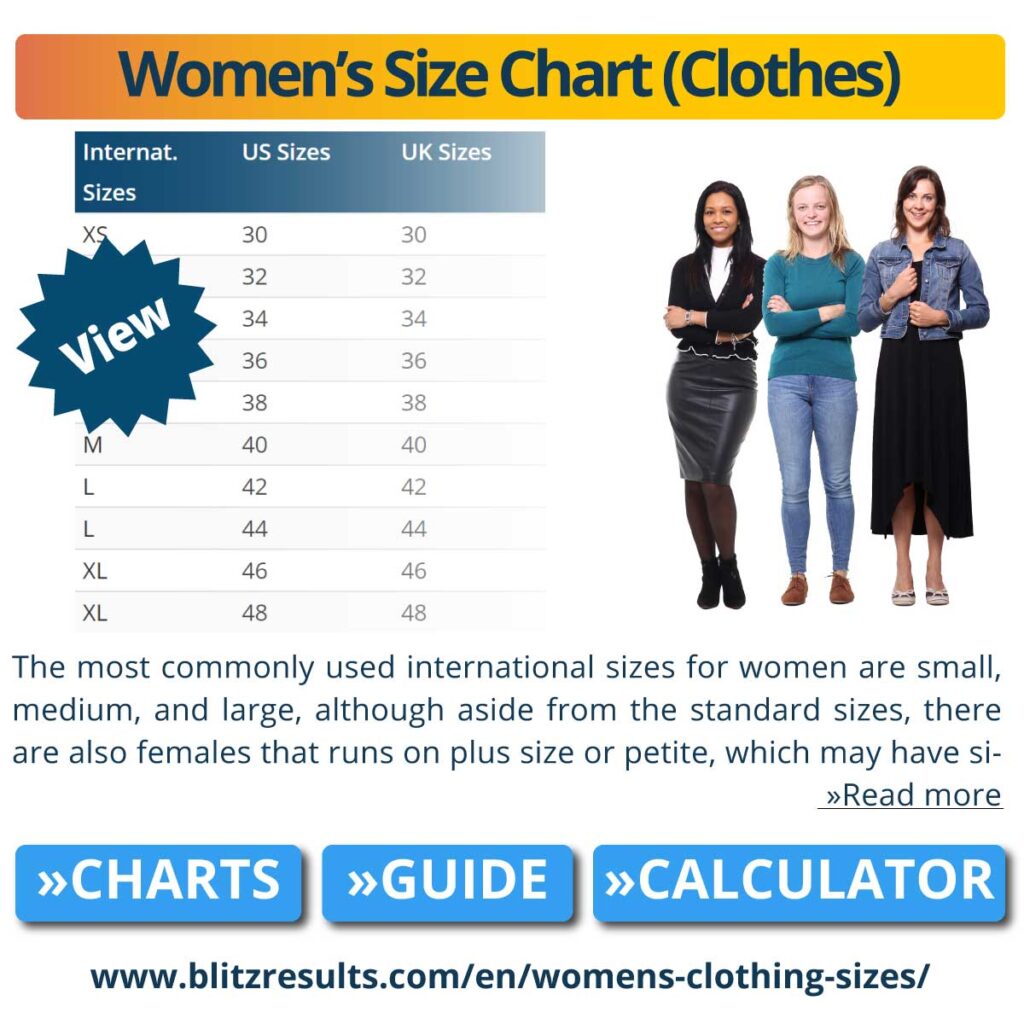Understanding Women’s Clothing Sizes: How Do They Work?
Introduction
When we walk into a clothing store or browse through an online fashion retailer, we are often faced with a wide array of women’s clothing sizes. But what exactly do these sizes mean? Women’s clothing sizes are a system of categorizing the dimensions of a garment to fit different body shapes and sizes. It’s not just a random number or letter slapped on a label; rather, it’s an attempt to standardize the fit of clothing for consumers.
Understanding how women’s clothing sizes work is of utmost importance. For one, it ensures that we purchase clothes that fit us well. Ill – fitting clothes can be uncomfortable, unflattering, and even affect our confidence. Moreover, in a world where online shopping has become increasingly prevalent, a proper understanding of sizing is crucial. Without being able to try on clothes in person, we rely on our knowledge of sizing to make the right choices.
History of Women’s Clothing Sizes
Over the years, women’s clothing sizes have undergone a significant evolution. In the early days, clothing was often custom – made, tailored to the exact measurements of an individual. This meant that there was no real standardized sizing system. However, with the advent of mass production in the 20th century, the need for a sizing system became apparent.
The first attempts at standardizing women’s clothing sizes in the United States date back to the 1930s. The US government even got involved, with the Bureau of Home Economics developing a sizing system based on measurements of thousands of women. This system was further refined over time.
Industry standards have had a profound influence on sizing. Different countries and regions have their own sizing standards. For example, European sizing is different from American sizing. These standards are often based on average body measurements of the population in that area. However, as the fashion industry has become more global, there has been an ongoing debate about the need for a more unified sizing system.
How Women’s Clothing Sizes are Determined
The determination of women’s clothing sizes starts with measurement techniques. The key measurements usually include bust, waist, and hips. To measure the bust, a measuring tape is placed around the fullest part of the chest. For the waist, it is measured at the narrowest part of the torso, usually just above the belly button. The hips are measured around the fullest part of the buttocks.
However, there are significant variations in sizing among different brands and designers. Some brands may use their own in – house sizing charts, which can be based on their target market’s body types. For instance, a brand that caters to a younger, more petite demographic may have different sizing compared to a brand that focuses on plus – size fashion.
Common Misconceptions About Women’s Clothing Sizes
One of the most well – known misconceptions in the world of women’s clothing sizes is the concept of “vanity sizing.” Vanity sizing refers to the practice of assigning smaller size labels to garments that are actually larger in measurement. This is done to make consumers feel better about their bodies. For example, a dress that used to be labeled as a size 10 may now be labeled as a size 8, even though the actual measurements have not changed much.
Another aspect is the impact of body positivity on sizing standards. In recent years, there has been a growing movement towards body positivity, which encourages acceptance of all body types. This has led to a re – evaluation of traditional sizing standards. Some brands are now moving towards more inclusive sizing, offering a wider range of sizes and even using more descriptive terms like “petite,” “curvy,” or “tall” to better represent different body shapes.
Tips for Finding the Right Size
Knowing your measurements is the first step in finding the right – sized clothing. Invest in a measuring tape and take accurate measurements of your bust, waist, and hips. These measurements can serve as a reference point when shopping.
Trying on clothes before purchasing is also essential. Even if you think you know your size, different brands and styles can fit differently. In – store shopping allows you to see how a garment looks and feels on your body.
Retailers often provide size charts, and it’s important to utilize them. These charts usually show the measurements corresponding to each size. When shopping online, carefully compare your measurements to the size chart provided by the retailer to increase the likelihood of getting the right fit.
Future Trends in Women’s Clothing Sizing
Technology advancements are set to revolutionize sizing techniques. There are already emerging technologies such as 3D body scanners. These scanners can quickly and accurately measure a person’s body from multiple angles, providing a more detailed and precise set of measurements. This data can then be used to create custom – fit clothing or to improve the accuracy of sizing systems.
Sustainable fashion is also having an impact on sizing standards. As the fashion industry moves towards more sustainable practices, there is a push for longer – lasting, better – fitting clothes. This means that sizing needs to be more accurate so that consumers are less likely to discard clothes that don’t fit well. Brands may also focus on creating more versatile sizing options that can accommodate body changes over time.

